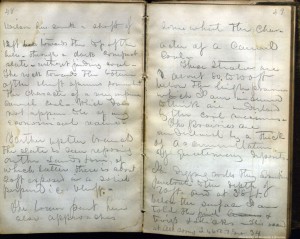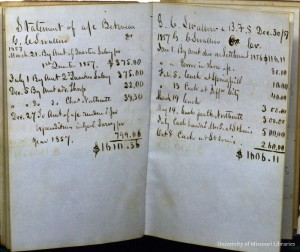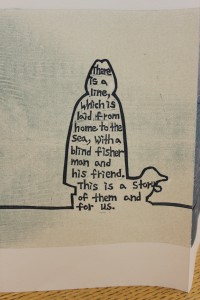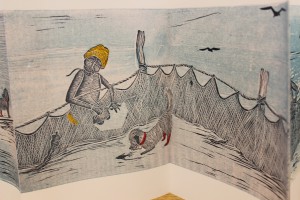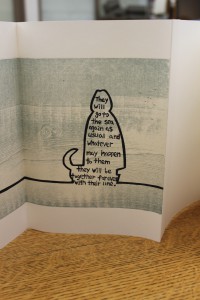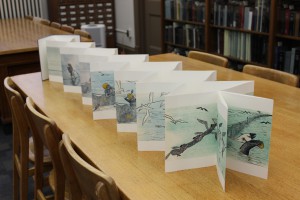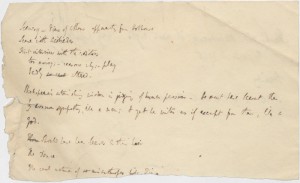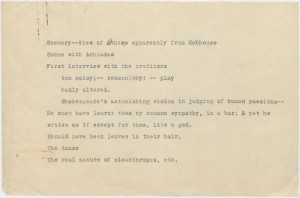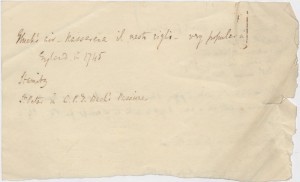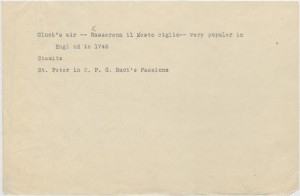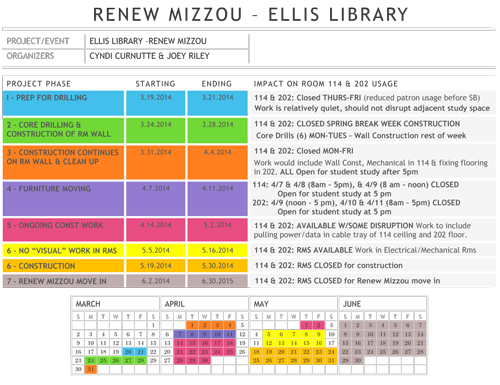
Update, May 6:
Loss of Study Spaces in Ellis Library
The Renew Mizzou project will require two large rooms in Ellis Library – the West Reading Room on the second floor, and the former Current Periodicals Reading Room on the main floor – to be used as office space for staff being relocated from Jesse Hall.
The two reading rooms will be closed to students beginning with the week following Commencement (May 17), and they will remain closed for up to one year until work in Jesse Hall is finished.
The two study rooms will be open for students to use through the busy final exam week this spring. However, workmen may be present during the day, and those rooms will not be designated as “quiet study” when workmen are present.
The closure of the two study rooms will mean that 437 study spaces will be unavailable for students during this summer and continuing until the end of the spring semester next year. The University is working to find alternative areas for study beginning with the fall semester.
Update, March 18: Rooms 114 and 202 will be closed to patrons on March 20 and 21.
Update, March 17: All computers have been moved out of room 114 in preparation for Renew Mizzou.
Due to the Renew Mizzou building renovation project, some changes are coming to Ellis Library.
What are the changes?
· Rooms 114, 201 and 202 will no longer be quiet-study areas for the remainder of Spring Semester due to renovations to those areas. However, during weekends and evenings, when workmen are not present, these rooms will be designated as quiet-study areas.
· Books and other materials located in rooms 114 and 202 will be moved to other locations in Ellis Library and to the Law Library. (See list below.)
· From March 19 through April 4, drilling will be done in room 202 to install new wiring. Rooms 202 and 114 will be closed to the public during this time to perform the work. We sincerely regret this disturbance, which was not expected to begin until after Commencement.
· From April 5 through Commencement weekend, May 18, rooms 114 and 202 will be open to the public for study. However, a portion of room 114 that is being renovated to create an area for group programs, will remain closed until after the completion of the Renew Mizzou project.
· After Commencement weekend, May 18, rooms 114 and 202 will be closed to the public and will become office space for MU’s Admissions and Financial Aid offices. They will occupy this space for the remainder of the Renew Mizzou project, which will continue at least through June, 2015.
Where can I go for quiet study space in Ellis Library?
· Quiet study space is available on 3 east and 4 east.
Where are the materials that have been moved from 114 and 202?
· Current periodicals and DVDs are at the south end of the Reference stacks.
· Newsprint is in the Colonnade.
· Microprint from room 201 is now in the Law Library.
· Most materials from room 202 will be moved into room 201.
· English and Romance Languages seminar materials from room 202 will be moved to outside room 213.
· Computers in room 114 will be moved to room 4D12.
Renew Mizzou involves the renovation of Jesse Hall, Swallow Hall and Pickard Hall with staff from those buildings displaced to other spaces on campus.
